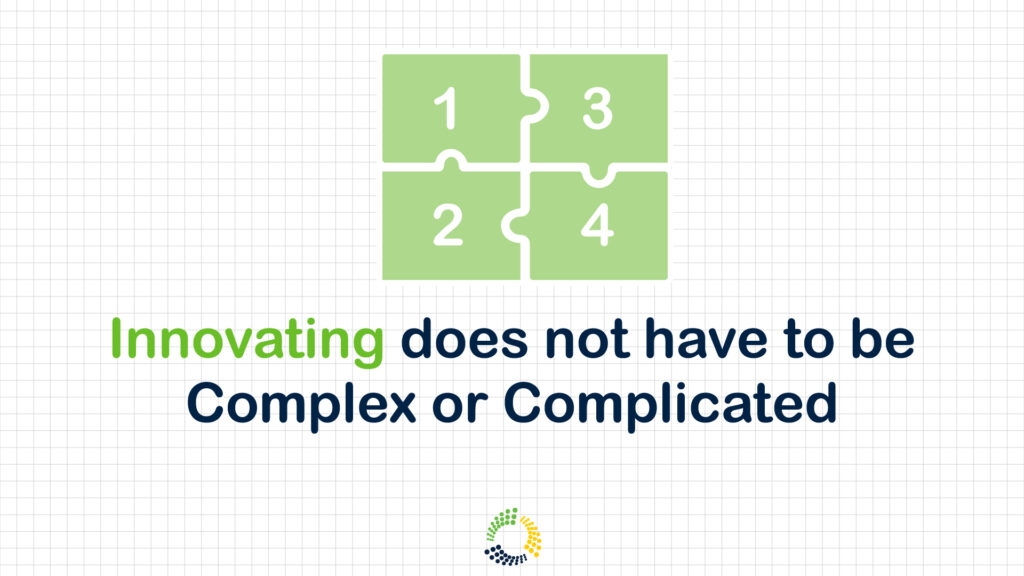
This newsletter is for Business Leaders who find innovating a frustrating and intimidating experience.
A common perception is that innovating is both complex and complicated. Complexity arises because of the many factors and decisions that emerge while innovating. Complications arise because the relationships between the many factors is unclear or ambiguous.
Understanding the factors and their relationships simplifies the practice of achieving Innovations.
There is no question that innovating can be a frustratingly difficult business activity. Despite this fact, innovating is essential to the health of the business. Businesses are born as a result of innovating. The long term health of a business is dependent upon its ability to innovate. Even though innovating is often de-emphasized in favor of focusing on operational excellence and organizational execution, every business leader knows that, sooner or later, they must innovate.
The Lean Manufacturing Analogy
There is a deeply held belief in the complexity associated with innovating. The belief is that the dependent parts and interdependent factors integral to innovating interact in so many possible ways that outcomes are unpredictable. This causes risk averse decision making that suppresses innovating. Innovating projects can become a discontinuous business activity and something you do only when you have to. Innovation become inconsistent as a result.
Innovating can be organized as a business discipline like Lean Manufacturing. It is a practice based upon repeatable methodologies. Also like Lean Manufacturing, innovating can become a differentiating skill if the organization innovates often enough to learn how to be good at it.
The reality is that innovating is not complex, nor complicated, if organized as a repeatable practice. The many factors that make innovating seem complex are known. They can be anticipated and planned for and don’t need to be discovered during the process. The relationships between the factors, which can seem complicated if not identified, are also known and can be specified. Understanding the factors that impact innovation, and their relationships, transforms innovating from an uncomfortable, uncertain activity into a repeatable, high impact skill.
Conclusion
The most innovative companies, like Apple, Tesla, Amazon, Alphabet, and Microsoft (for the complete list, see the Boston Consulting Group “Most Innovative Companies in 2023” ranking) each utilize a distinguishing innovating practice. Innovating in these companies is a continuous activity, not a discontinuous project based activity, that has become an organizational skill. The integration of the controlling factors and their relationships into its Innovating Practice simplifies the complexity and complications that less effective innovators experience. The result is that innovation becomes the norm.
🌱
Vision is foggy
Complex, complicated forms
Seeking clarity
-Innovation Haiku, Kevin A. Fee, Feburary 7, 2024
